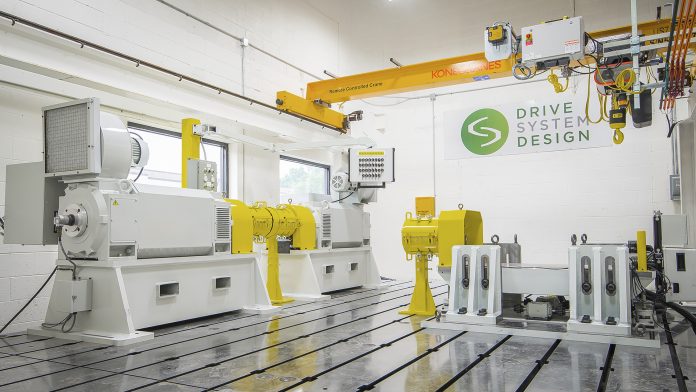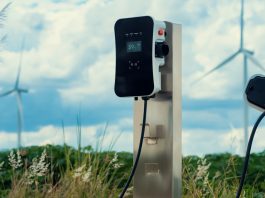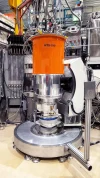Richard Dunne, Business Development Executive at Drive System Design (DSD), discusses how engineers need to look beyond the automotive sector and consider other industries, including off-highway and aerospace, to achieve net zero.
In the quest for a net zero future, the transport industry must expand its focus beyond just the automotive sector. At DSD, a global engineering consultancy, we are at the forefront of the electrification movement, collaborating with key players across various market sectors, including automotive, commercial vehicles, off-highway, aerospace, and defence, to develop sustainable solutions.

We work closely with tier-1s, OEMS and industry research bodies on their electrification strategy planning, electrified propulsion engineering and system electrification. This collaborative approach ensures shared knowledge across everyone involved, creating the best solutions and strategies to achieve net zero.
As we’re seeing greater pressure to achieve net zero targets, we must consider how to do this across various industries, understanding that the right strategy will vary depending on the application and market sector.
Why should the transport industry focus on achieving net zero?
With the global transport industry predicted to grow at a CAGR of 3.7% through 2030 and the industry accounting for 20% of global greenhouse gas emissions worldwide, people are putting increased pressure on organisations and governments to reduce emissions within this industry.
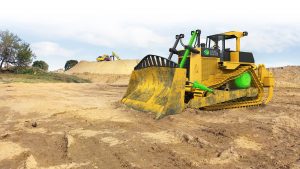
Even with delays in the petrol and diesel ban, which will ban the sale of new petrol and diesel cars by 2035, there is still a strong focus on low-carbon cars and vans as the solution to achieving net zero. Manufacturers, therefore, need to consider how they can electrify their current vehicles and seek guidance from electrification experts.
At DSD, we are constantly seeing the value of assessing the sustainability of systems in a quantifiable way to achieve net zero and help our customers do the same.
Why is sustainability in the automotive industry important?
The automotive sector has been a key focus in the transport industry for achieving net zero, with the Faraday Institution expecting that by 2030, nearly two-thirds of all new cars purchased by UK consumers will be fully electric. The global automotive industry is forecast to reach over to reach over $2.4m. This, coupled with global initiatives like the Paris Agreement, has forced the industry to make fundamental changes to their manufacturing processes and production of electric vehicles to reduce their carbon emissions and reach net zero targets.
However, the automotive sector alone is only the beginning. We are gradually seeing an increasing focus on sustainable technology in other market sectors that are being challenged to achieve net zero.
Going beyond the automotive sector
Aviation
The aviation sector has seen significant attention when it comes to sustainability, with the sector accounting for 2% of global energy-related CO2 emissions in 2021, growing faster in recent decades than road, rail and shipping. This is reflected in government spending in the sector, with the UK government investing over £113m in hydrogen and all-electric flight technologies.
However, this sector is significantly more challenging to electrify than automotive, due to battery power density limitations and regulatory challenges. Despite the difficulties, we’re seeing an increasing number of innovations within this sector, to overcome the barriers in the goal to achieve net zero.
More sustainable aviation fuels and hydrogen fuel cells all represent potentially parallel avenues to improved overall sustainability and a focus upon the specific application is needed to understand the right blend of technology.
Electric vertical take-off and landing aircraft (eVTOLs) are one such example of a new application operating within dense urban surroundings or as regional taxis, made possible by the reduced emissions and radiated noise of electric propulsion systems. These aircraft could reduce environmental impact, requiring much less energy than larger aircraft, offering a potential step towards achieving net zero within the aviation industry.
Defence
The defence sector is also seeing transformational changes as it integrates electrification into its vehicles, reducing environmental impact and fuel costs. With the global defence electric vehicle market set to grow at a 34.1% CAGR from 2022 to 2027, and have an expected value of $17.8bn by 2030, defence vehicle manufacturers are increasingly looking for ways to reap these rewards, for their own companies and the planet.

However, more infrastructure development is required to achieve full electrification, and it is widely accepted that there will be limited to no opportunity for fully electric military vehicles until the late 2030s at the earliest, highlighting the need for further investment and development within the space.
Commercial vehicles
The commercial vehicle industry faces its own unique set of challenges too, and this drives a laser focus on improving efficiency and reducing CO2 emissions for both last-mile applications in densely populated areas, and for larger long-haul fleets.
The centralised infrastructure of last mile fleets is well suited to battery electric vehicle (BEV) technology, whilst larger class-6 and above fleets will need increasing investment and development of zero-emission models using more sustainable liquid fuels or hydrogen combustion, according to IEA.
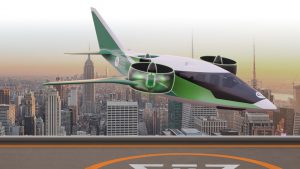
Looking across the range of commercial vehicle classes offers a perfect example of the technology blend that will typify the next 10-15 years of operation, with BEV, FCEV and hydrogen combustion technologies all seeing deployment in the sector.
Off-highway
With the off-highway market set to grow at 14.1% CAGR from 2023 to 2030, and 13% of greenhouse gas emissions coming from transportation and storage, there is increasing pressure to achieve net zero in this sector. The varying mission profiles and duty cycles in off-highway applications, across agriculture, construction, mining, and forestry to name just a few, means that sustainability in this space can mean very different things to different stakeholders.
A blend of technologies play a part in various sectors, from BEV tractors that cut greenhouse gas emissions to intelligent agricultural implements that apply pesticide more accurately or autonomously, improving ‘up-time’ and saving fuel on refilling trips. Select electrification of not only propulsion but auxiliary systems, resulting in more efficient overall operation, will be a primary path forward for many.
How is innovation supporting the adoption of electric vehicles throughout the transport industry?
Understanding how sustainability and electrification landscapes vary by sector, as well as the unique demands of both technology producers and end-users, is key to bringing the right solutions to each market.
However, there are some common elements that we can identify in approaching these challenges successfully:
A whole-system approach
Adopting a whole-system approach is vital to the development of electrified systems no matter the application. This means understanding the entire system holistically, not just focusing on each sub-system fulfilling its own silo-ed requirements in isolation.
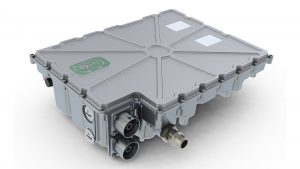
The inherent interactions between power electronics, motor and transmission, or driveline elements within the system mean that it is critical to understand how each sub-system impacts the others in producing the final system performance attributes.
Whether thinking about efficiency, noise, vibrations and harshness (NVH), thermal behaviour or system cost and sustainability, these interactions have to be understood and exploited to deliver an optimised system. We can take this thinking beyond the propulsion system and consider the full eco-system of the end application.
For example, when thinking about a tractor and how it interacts with implements and a charging network to deliver the maximum ‘time in field’ and ultimately the minimum total cost of ownership for the farmer. That is the true ‘whole system’ thinking needed to successfully deliver sustainability and electrification as a sub-set of that.
Staged virtual development
We are increasingly seeing many manufacturers trying to rush the development of electrified systems, only to uncover critical issues late in the development process, that can add significant costs and delay time to market.
At DSD we are simulation lead, whilst being able to provide a turn-key service that spans both virtual and physical validation. This rounded ability to develop electrified systems is just one example of the need to blend both development environments to deliver a robust solution in a reliable timeframe.
Building confidence in component, sub-system, and full system performance is only possible by efficiently progressing through a staged validation process. Jumping ahead to testing a full system is fraught with risk given the myriad interactions at work.
Platform, not product
It’s important for organisations to understand that a flexible toolset is required to bring technology to the market, as there is no singular technology that can deliver sustainability across all sectors. The only certain thing is that it will take a broad mix of approaches and technologies.
Utilising flexible development tools like DSD’s Open Platform Inverter (OPI) will enable vehicle manufacturers to develop performance impacting motor control systems quickly and efficiently. Modular and scalable platforms like the OPI provide a launch pad to support power electronic needs across applications and industries, which off-the-shelf solutions are unable to do.
Tools such as the OPI can be a game-changer for organisations. They’re able to realise significant cost and time savings compared to starting an inverter design themselves from scratch and levelling the playing field for new market entrants and start-ups, or those diversifying into electrified propulsion. They can also provide flexibility, adaptability and high-performance inverter platforms which can be tailored to the specific needs of vehicles.
What’s next for the transport industry?
It’s clear that electrification needs to be considered in all sectors within the transport and mobility industry. Having a detailed understanding of each application and thinking about the whole system is vital in allowing manufacturers to implement the right systems and technologies to effectively electrify their vehicles whether on land, sea or in the air.
At DSD, we understand that the roadmap to net zero varies across these differing applications. Developing bespoke solutions to individual business and sector needs is vital, to unlock the potential of a blended approach to technology deployment in each sector, whether battery electrification, fuel cell electrification or burning cleaner fuels. Understanding each unique set of requirements will accelerate industry towards a cleaner and more efficient net zero reality.
Please note, this article will also appear in the sixteenth edition of our quarterly publication.

